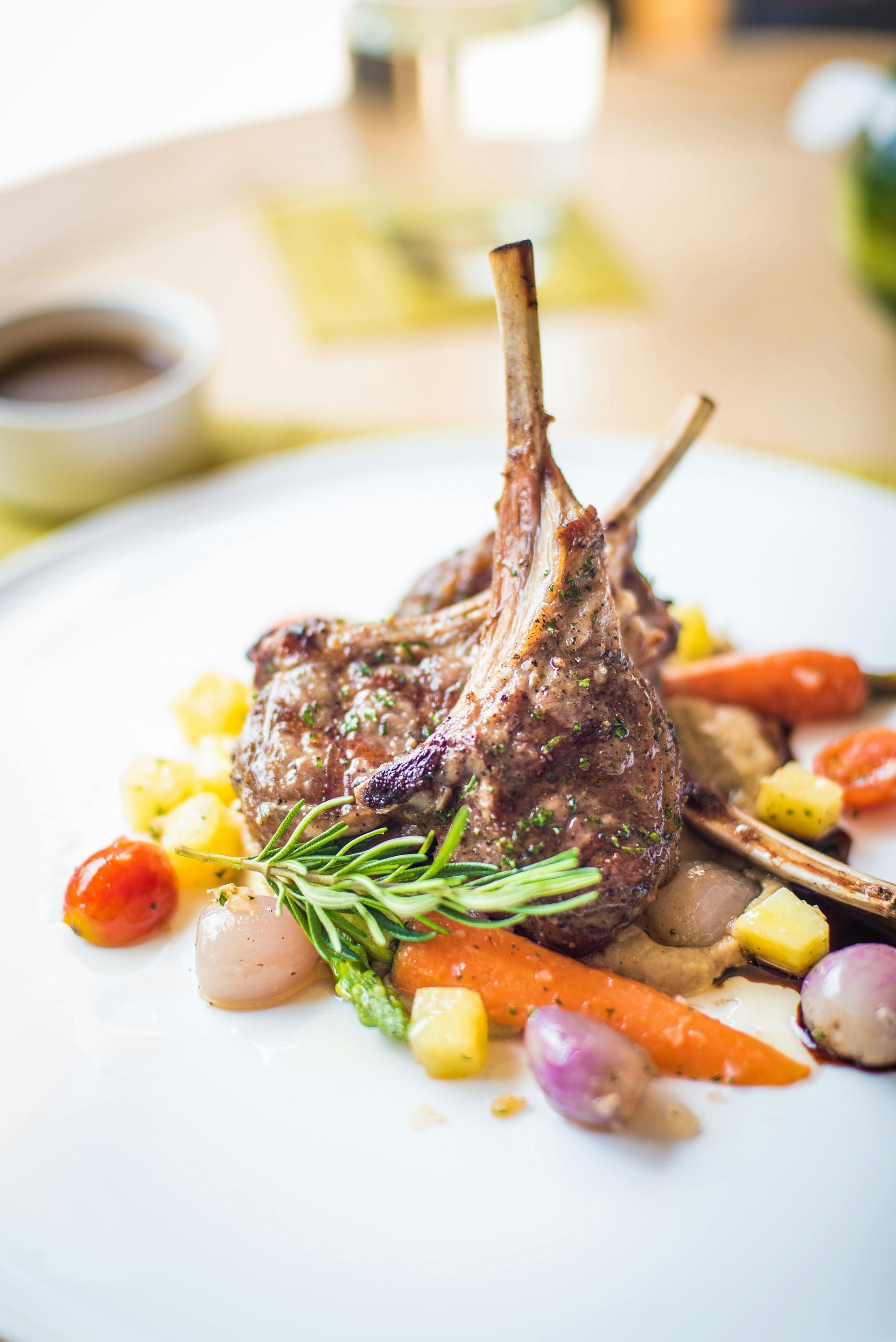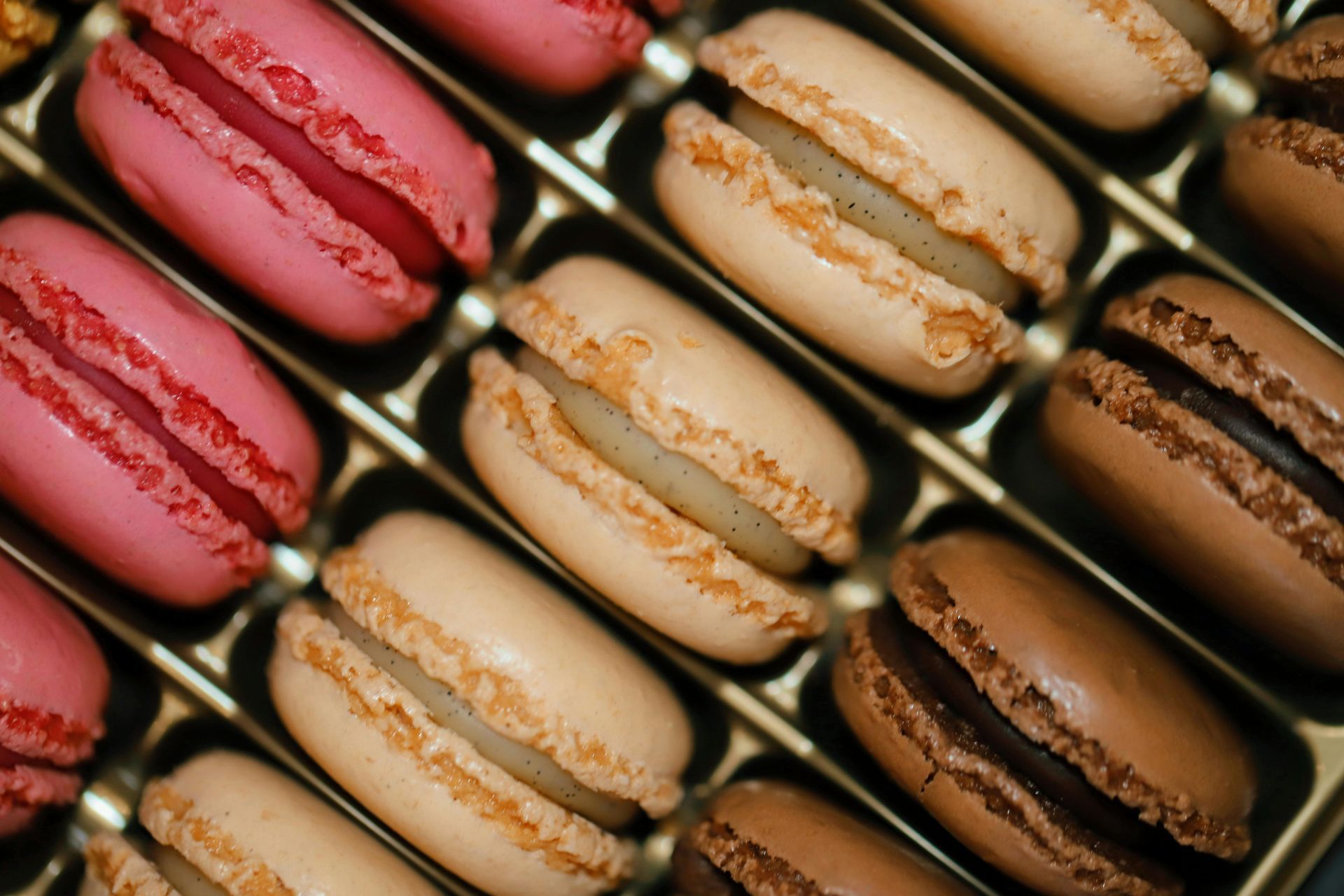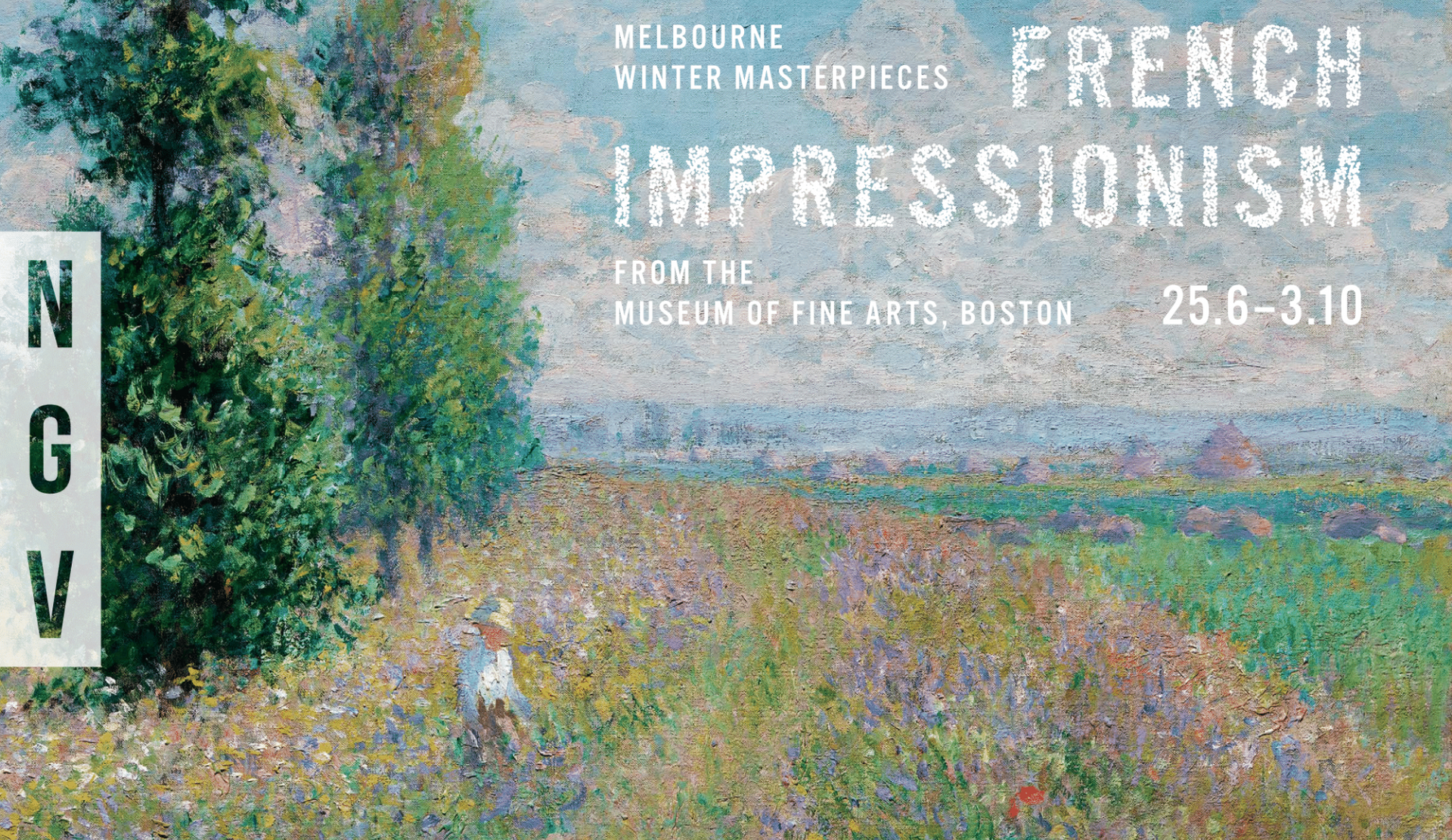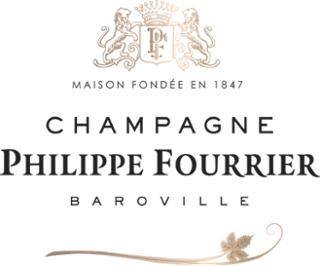Melbourne French Good Food Guide

Six months ago, our Festival Coordinator, Justin arrived in Melbourne and was keen to explore and understand the French food and wine culture in Melbourne. I took it upon myself to take the Tasmanian native to some of my favorite and best French bars and bistros. He did not realize how popular bistro and brasserie style restaurants were and how for many an essential dining experience.
After many steak frites, entrecotes and salade nicoise we managed to narrow down our top picks of French bars and bistros in Melbourne.
Bistro Guillaume
You probably first met or were charmed by Mr. Brahimi, when he was featured as a guest chef on MasterChef and shared his extraordinary French culinary abilities. He is Sydney born and based, though luckily for us he opened Bistro Guillaume at Melbourne’s Crown Casino in 2008. The restaurant is inspired by a classic French bistro with traditional French food and a classic atmosphere. Justin and I kicked off our dinner with a glass of wine, from Bourgogne, of course! Starters of huitres a la mignonette and tartare were highlights, but we had to save room for our mains, steak frites and magret de canard. Delicieux!
Bistro Guillaume nails the simplicity that French bistros offer. There is no huge menu with ridiculous portions and lackluster salads. Guillaume gives you the classics, done well, yet with enough variety that if you aren’t a huge meat-eater or prefer something lighter you can enjoy une ratatouille, pommes frites or a French onion soup.
The bistro also shines thanks to its gorgeous layout and location. Diners can expect a splendid view of Southbank, natural lighting and invitingly comfortable seating.
Philippe
Bistro Guillaume is a lovely way to kick off your French dining experience, whereas, Philippe is for those of us who are slightly more adventurous. You can start off simple with your charcuterie board and then dive into your lovely chicken liver and caviar egg! Philippe Mouchelle came to Melbourne to open the Paul Bocuse restaurant – yes, Paul Bocuse – who he was trained by and who is the only chef in France to have held 3 Michelin Stars for more than 40 consecutive years.You’re in good hands when dining at Phillippe. Tucked away in an alleyway on the Paris end of Collins Street, Philippe welcomes you with its bustling atmosphere and refined style.
Justin was taken aback by the decor and the “very interesting” things on the menu. He had never tried caviar eggs, nor prawns. Justin’s motto is that he will try something once with a good drink, so he took the lead with the drinks menu. We settled with a carafe of M. Chapoutier red wine.
Philippe is not for the faint of heart. If you want traditional, traditional French food without beginner’s options, then Philippe is a beautiful way to indulge in French delicacies.
Bistro Voliere
Bistro Voliere is a hidden gem. St Kilda Road is bustling with charming bars and restaurants, so you’d think Bistro Voliere would be an obvious choice. It is magical at night and all of its copper and brass makes for a warm, cozy atmosphere. Here you must enjoy a glass of their delightful champagne or vin rouge and enjoy their gorgeous cheese platters. If you’re not a cheese person and prefer the beverage side of things then you can peruse their extensive and varied wine list and just nibble on some fries with broccolini.
Bon Ap’ Petit Bistro
Bon Ap’ is not only a great beginners resto, it is also reasonably priced. What is fantastic about Bon Ap’ is their Lunch and Dinner menu deal. $40 for two courses and $50 for three! You get the French childhood classics with the lunch menu such as a Croque Monsieur (Ham & delicious cheese toastie) and a range of French sandwiches. If you’re more of a dinner person then you’re in luck because the dinner menu just gets better. Two courses for $50 and three courses for $65. You can partake in a deliberately crafted charcuterie board and their French-style gnocchi or a gorgeous roast. “What about the drinks?” – Justin asks. Well, I let Justin handle the drinks menu and he was thoroughly impressed. From vintage wines to desert wines you can ask the lovely staff for pairings or you can just enjoy a bottle of their gorgeous fortified wines.
Whatever your tastes, Melbourne has incredible, dazzling, authentic French food to offer. Try out these fabulous bars, bistros and restaurants, and let us know what you thought!
Interested in knowing more about Melbourne’s French culinary culture? Check out our article on some of Victoria’s best French wineries here
If you’re newly inspired to tantalise your tastebuds, see how you can visit some of Melbourne’s best hidden gems of French cuisine this Bastille Day here



















